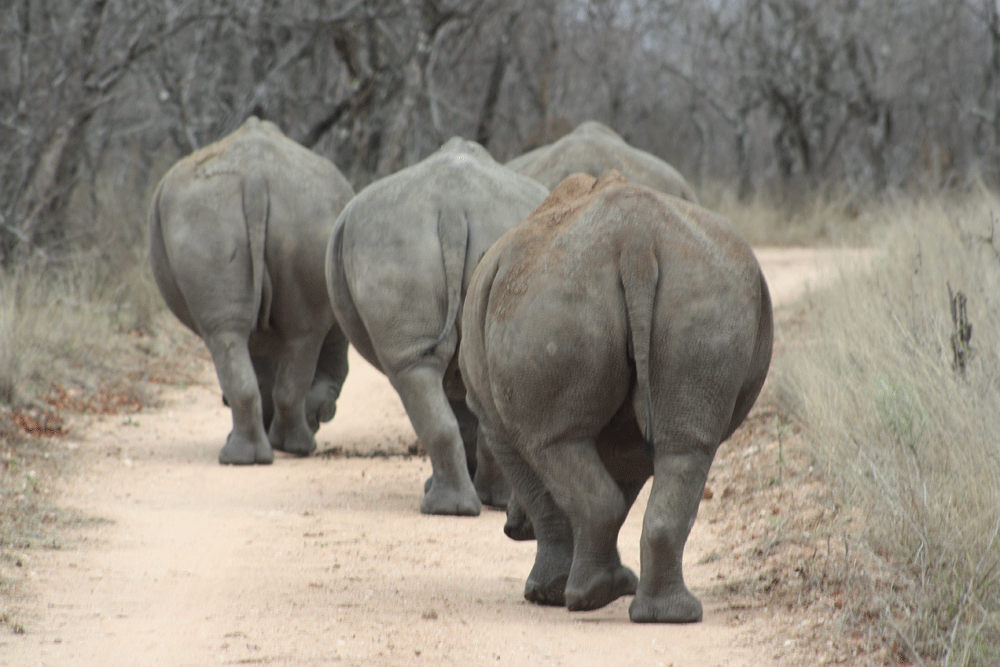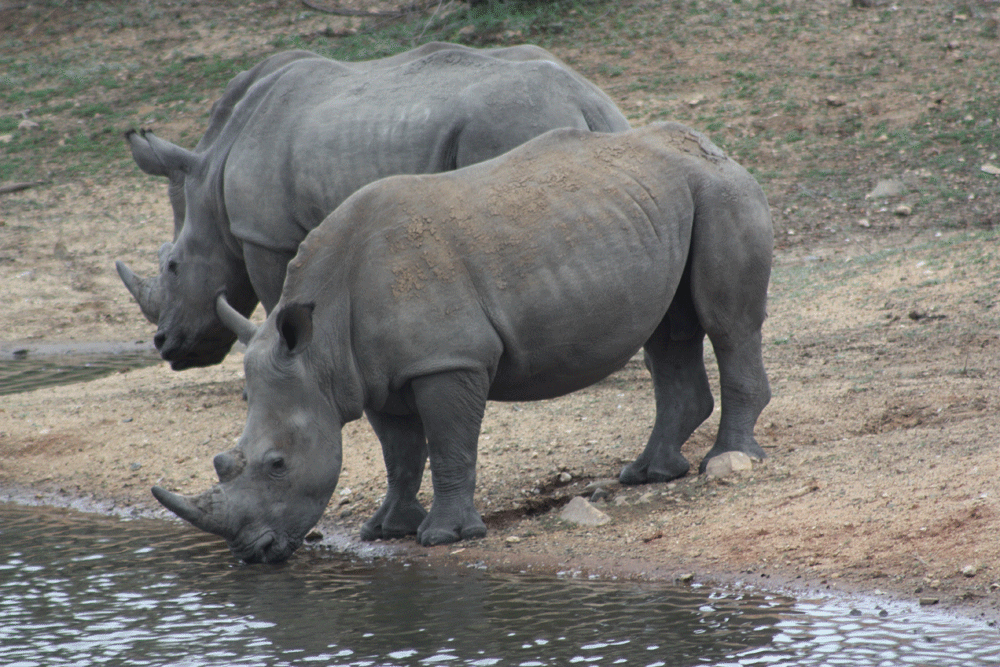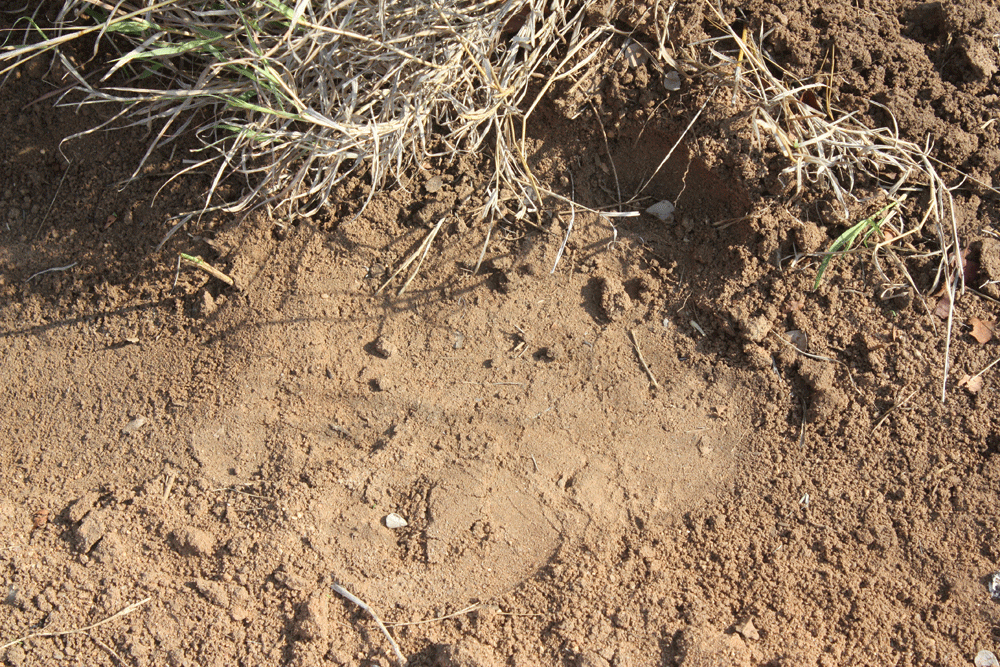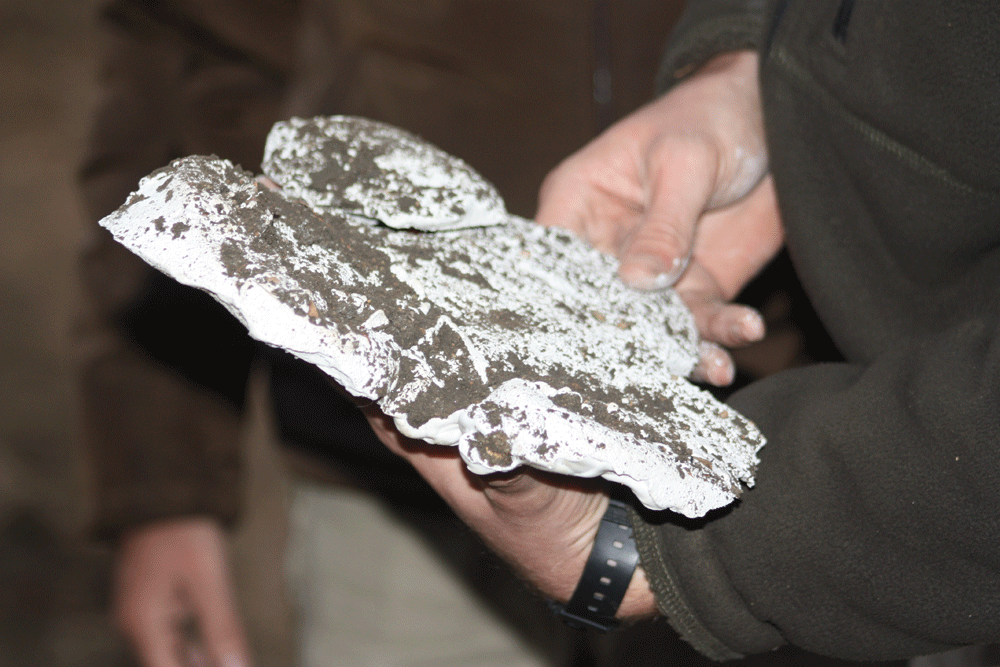I love rhinos. I really do and I’m always saddened by the constant reporting of their declining numbers on a daily basis. So when South African Tourism offered me the chance to head north to the Karongwe Game Reserve in Limpopo to learn more about what is being done in terms of conservation, well… I ditched my bright dresses and donned the khakis.
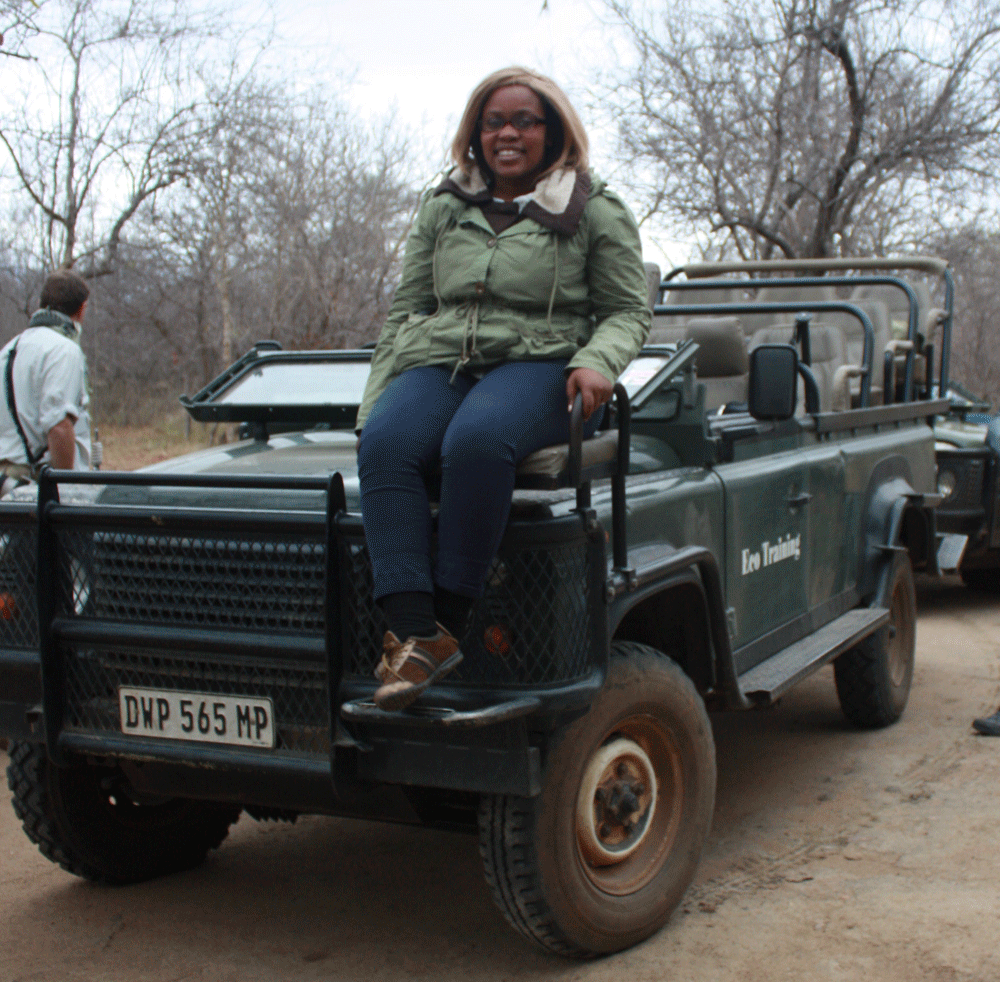
The Karongwe Camp I stayed in is on the banks of the Karongwe River and within the 9 000 hectare Karongwe Game Reserve.
Having read the brief that there would be no electricity or shops, and to make sure I had tick repellent, I prepared myself for a serious bush trip.
The Karongwe Camp is one of many field guide and nature training destinations owned by EcoTraining.
Our first game drive included an introduction about Karongwe. From there we saw plenty of zebra and giraffe loafing about amongst the bushes with the setting sun as a backdrop. I must add, there is nothing more special than a sunset in the bush – the orange hue disappearing behind the Drakensberg Mountains gives way to purples and blues and then the black of the night sky settles.
My most vivid memory of day two, and probably for the rest of my life, is the sighting of two cheetahs feeding on an impala they had just killed. It’s a humbling experience when you’re on foot tracking an animal, away from the safety of a car, and you find it munching away on its prey – oh, and a little scary!
That day we were also given a lesson in rhino poaching and the anti-poaching methods that are being adopted. The main thing that people don’t realise is that rhino poaching has become a R168 billion industry that includes drug and human trafficking, as well as the sale of fake designer clothing. With more than 300 rhinos lost this year alone, some of the steps being taken include providing adequate training for game rangers and anti-poaching units, increasing public awareness, introducing specialised sniffer dogs and forensic detectives.
This proactive approach has led to the arrest of 178 suspected rhino poachers in 2012 alone and sentences for rhino poaching are now increasing – up to 29 years’ imprisonment – which is good news.
Day three was dedicated to tracking rhinos and when we left the camp at 06h00 the team’s excitement was palpable. These are the animals that had brought us to the bush and we just couldn’t wait to see them. But after eight hours without a single sighting our hearts were a little lower in our chests and we were losing faith. After driving around for what felt like most of the 9 000 hectares, four rhinos sauntered out the bush at about 17h00. Leisurely and relaxed, the two couples – two young girls and boys aged about four or five years – allowed us to drive behind them as they strolled off to the dam for a drink.
Carrying their bulk with ease, we learned that rhinos, like humans, each have their own individual footprint and nature guides often create casts of their footprints, which helps to track them. Another interesting fact is that the white rhino is the more placid of the two rhino species found in South Africa, meaning you’re more likely to be charged by a black rhino. And how do you spot the difference between a black and white rhino? Easy, a white rhino has a wide mouth while the black rhino has a hooked, almost beak-like mouth.
I must say this was a fantastic trip, not just for the great game viewing and incredible sunsets but also for all that I learnt about rhinos and poaching, which gave me a better understanding of what South Africa and other countries face.
For more information, visit South African Tourism and follow them on Twitter.
